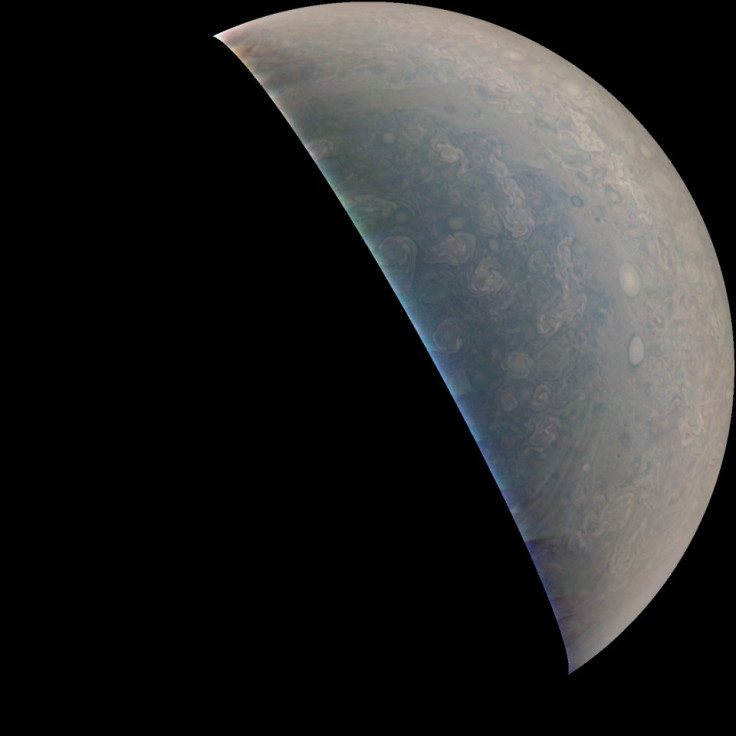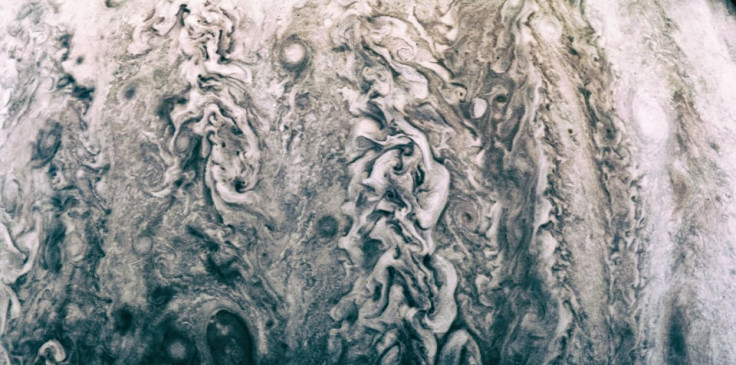Nasa's Juno probe captures stunning photos of Jupiter never seen before
'The new images look like Van Gogh paintings,' said Juno's principal investigator Scott Bolton.

Nasa's Juno probe circling Jupiter's orbit has captured breathtaking images of the icy planet, providing never-before-seen perspectives of the giant celestial body.
The spinning solar-powered spacecraft successfully managed to photograph the poles of the largest planet in our solar system for the first time and captured unique cloud formations. Images published of the poles reveal a blue tinge, numerous cyclones and the lack of distinct cloudy bands, giving them a strikingly different appearance in comparison to the equatorial region on Jupiter.

"The new images look like Van Gogh paintings," Juno's principal investigator Scott Bolton of the Southwest Research Institute told National Geographic. "I kind of expected some of this, because a long time ago, Voyager took pictures, and other spacecraft that have gone near Jupiter have taken some images, but they're usually global ones and boy, when you get close and you see these swirls, they look like art," he added.
Juno is Nasa's space probe built by Lockheed Martin to orbit Jupiter and is the second spacecraft to orbit it, after Galileo, which went around the large planet from 1995 to 2003.
It is operated by Nasa's Jet Propulsion Laboratory and does far more than just snapping images of the heavenly body. It carries eight instruments that monitor the planet's gravity, auroras, atmosphere, magnetosphere, cloud depths and electric fields.
Scientists have been attempting to study the planet's origins and what lies beneath those magnificent looking clouds. They are also trying to analyse what is beneath the surface, which is possibly made from heavy elements or rocks covered in fluid metallic hydrogen.

Juno's next flyby will occur on 19 May and at some point in 2018 it will eventually descend into Jupiter's atmosphere. The probe is not expected to return to Earth after it ends all communications but will burn up and disintegrate in the giant planet's atmosphere.
For more images visit Juno's cam site here.

© Copyright IBTimes 2025. All rights reserved.





















